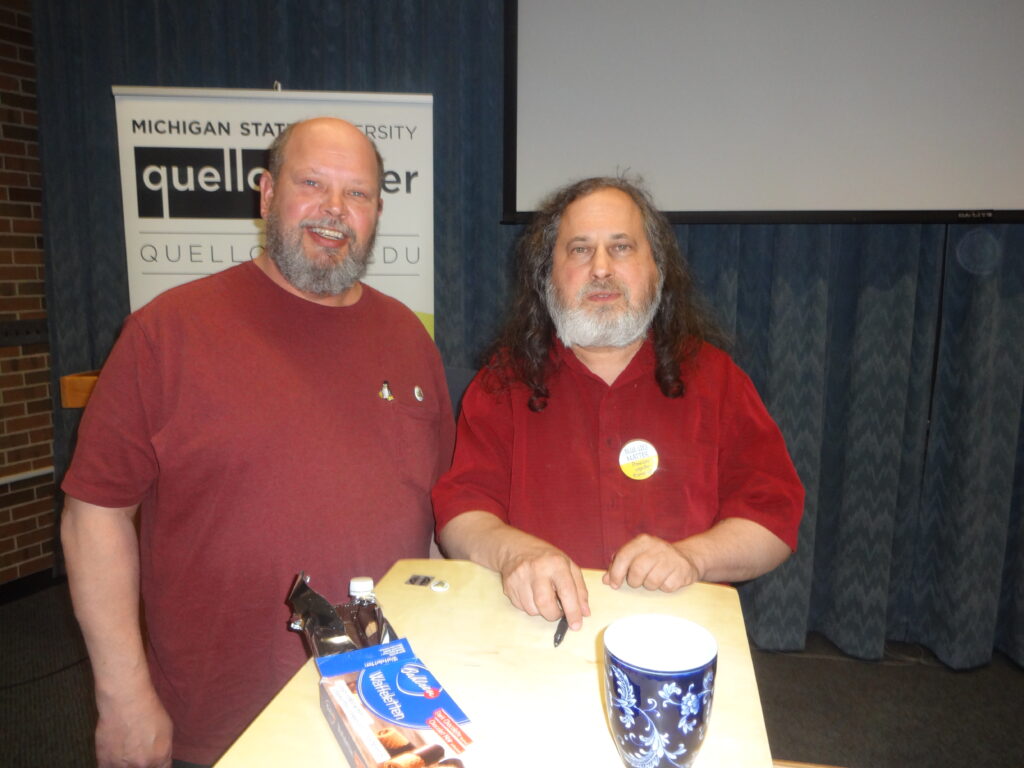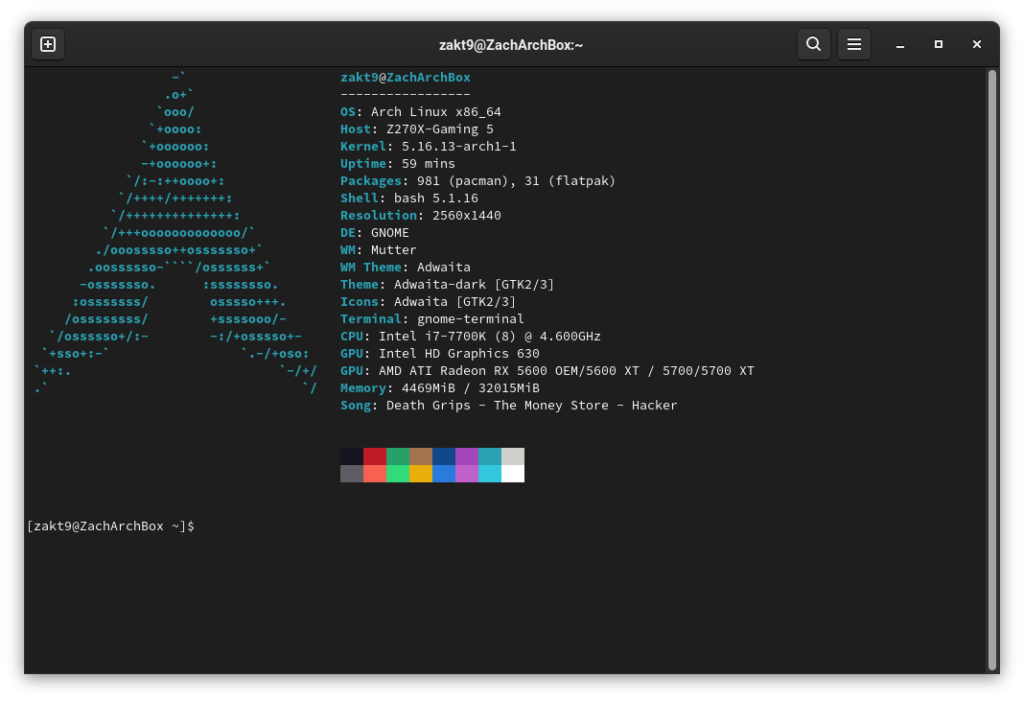
My Father has been using Linux since at least 2003, he attributes Marcel Gagné at the very first Penguicon as to why he switched to Linux. He is a true open source fanatic, to this day the only windows environment he interacts with (besides work) is in a virtual machine. He has both my mother and kid sister using only Linux on a day to day basis. So needless to say when I was a kid growing up, I did not get a windows license.
My absolute earliest memory is probably using Ubuntu, I want to say 08.04, on a really old laptop. It was really the first penguicon my Dad took me to that my journey really begins. I remember going to that con and specifically seeing the Ubuntu 10.04 release panel that I really attribute as the genesis of my Linux Journey. I remember thinking the new color design was really slick, and was fascinated by their Ubuntu One music platform, which was 79 cents per song as opposed to the normal 99 cents.
I remember my first big Linux accomplishment was getting Starcraft 2 and World of Warcraft to work on Linux, and this was back in the day before Steam was even on Linux. As I got older and became more of a PC gamer i would go back and forth between Win7 and various Ubuntu releases. Messing with different packages I could find with APT and GIMP was always a personal favorite application of mine.
It was probably 2012-2013 when I learned of a different distribution called Arch. Now i will fully admit being a mid teen not fully comprehending the install process I did not dive in straight away. I instead used a for of Crunchbang called Archbang for my first dip into the world of Arch. It was a fairly easy installer program with a very light desktop environment. I was very happy with that install for a while, but after some time i was ready to take the full plunge to using the base Arch Linux and doing the install process my self.
Since making that switch I’ve kind of just only stuck with Arch. Sure I keep up with Ubuntu and what their doing but realistically I have not gone anywhere near an Ubuntu release since they did their whole Unity conversion. Arch has treated me very well and I liked having the rolling release model where i did not have to completely reinstall my OS every time a new release came out.

These days I have 2 primary machines that run Linux. I have a NAS/homelab running Debian 11 bullseye, and my personal computer running an Arch install. I will admit as I go more into the professional workspace that is more Windows oriented, and being a PC gamer with friends, I still maintain a dual boot of Win10. But I always keep a Linux install on dual boot. Switching between the two whenever I want to feel freedom or the urge to tinker.
I attribute a lot of my computer skills and philosophy to my father. He truly inspires me with his ability to stick with Linux as a full time use personal use operating system. His teachings of how to use a computer has really put me into a different camp of power users. I have worked with a lot of “computer techs” at my job that are barely comfortable with the command line, that’s something that has really struck me as foreign. I remember very early on working on some documentation for a project and I used forward slashes instead of backslashes thinking they were at least understood in a windows environment. My Father looked at the documentation and laughed at how naive I was.
To give a final, what is my manifesto with Linux: it is true computing. In a sense that your really have the freedom to do what you want and work with others to make applications to do what you want. While I have not personally coded for an open source project I have contributed to the Arch Wiki regarding systemd boot and continue to try and spread to gospel of free software and it’s benefits to anyone that is willing to listen.